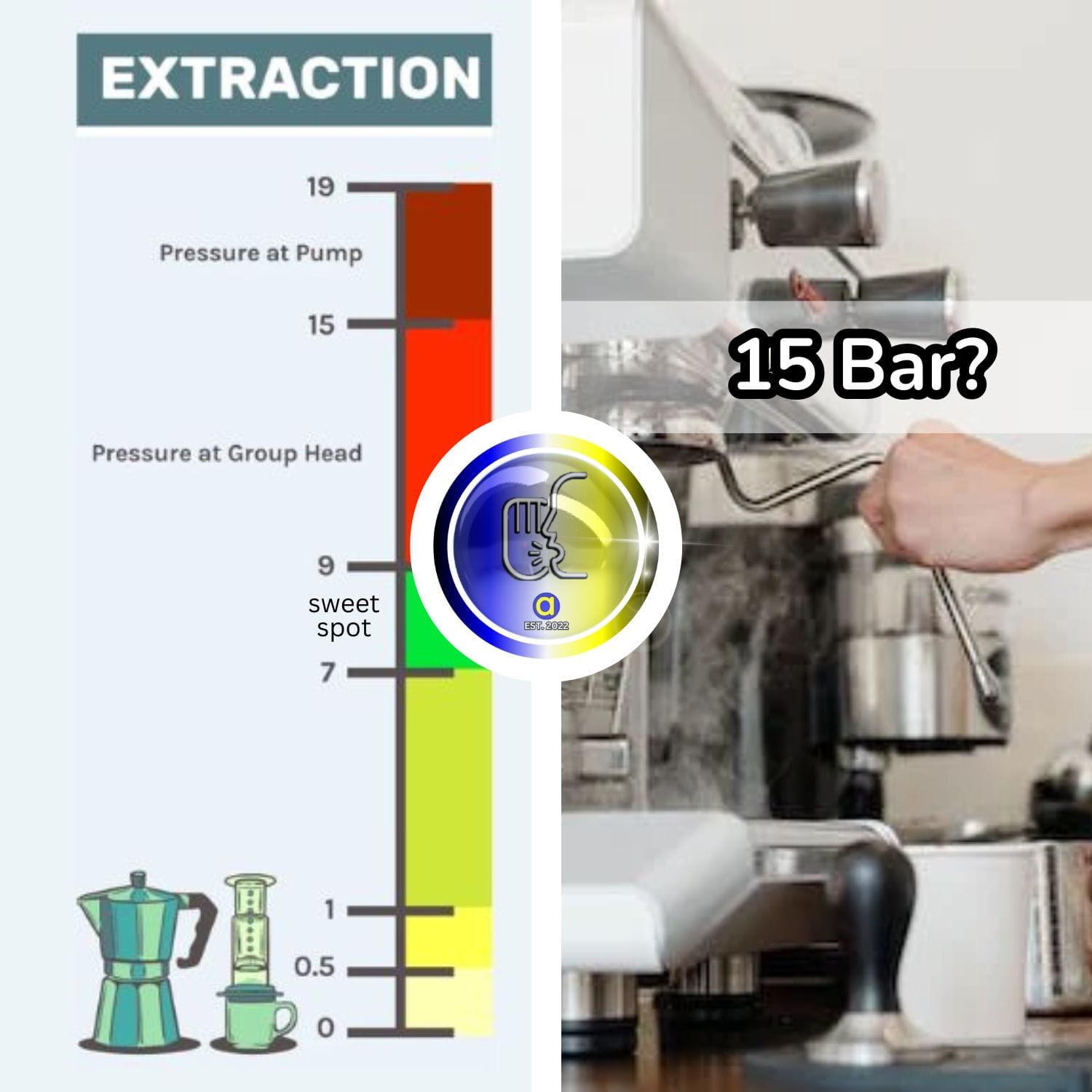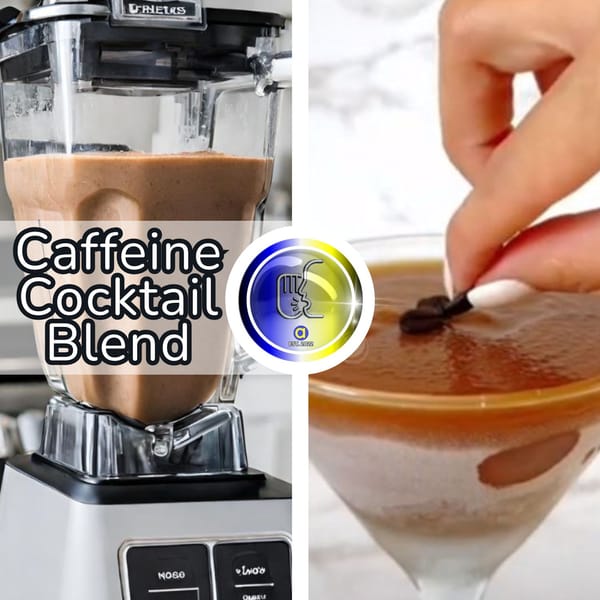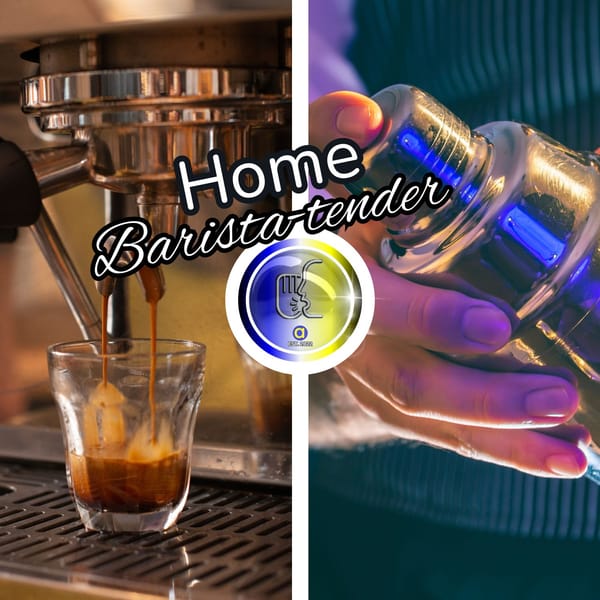Espresso is a beloved coffee beverage known for its rich flavor and creamy texture. The process of making espresso involves forcing hot water through finely-ground coffee beans at high pressure. This method extracts the flavors and oils from the coffee grounds, creating a concentrated and flavorful shot of espresso.
The pressure is measured in bars, and there is a common belief that more pressure equates to better espresso. But is a 15 bar espresso machine good, and how does it compare to other machines with different pressure ratings?
The Importance of Pressure in Espresso Machines
The pressure in an espresso machine is a critical factor that affects the quality of the espresso shot. It is the force that drives the hot water through the coffee puck, extracting the flavors and essential oils that contribute to the richness of the espresso.
The term "bars of pressure" refers to the atmospheric pressure used to push the water through the grounds. One bar is equivalent to the atmospheric pressure at sea level.
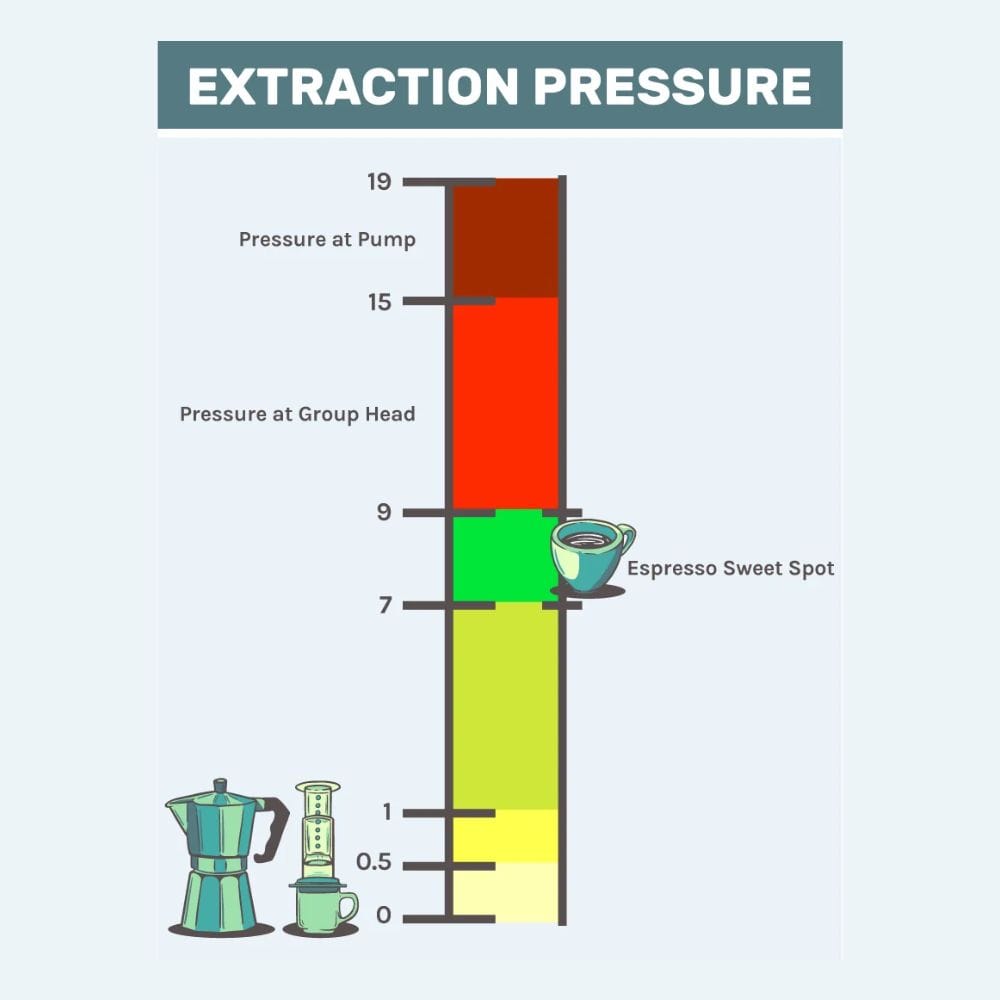
How Many Bars Are Ideal for Espresso?
The ideal pressure for espresso extraction has been a topic of debate. While many commercial espresso machines operate at 9 bars, which is often referred to as the "golden standard" or "sweet spot" for espresso, some home espresso machines boast higher pressure capabilities, such as 15 bars. The question arises: how much pressure is necessary for a good espresso?
Understanding the 15 Bar Espresso Machine
A 15 bar espresso machine is designed to generate up to 15 bars of pressure. This high pressure can be beneficial in ensuring that the hot water is pushed through the coffee grounds with sufficient force. However, it's important to note that while the machine may be capable of producing 15 bars, the actual pressure used during extraction is often lower.
Is More Pressure Better for Espresso?
The common misconception is that higher pressure automatically results in better espresso. However, too much pressure can lead to over-extraction, resulting in a bitter and burnt taste. Conversely, too little pressure can result in under-extraction, producing a weak and sour espresso.
Therefore, finding the perfect pressure is key to creating a good espresso. The Evolution of Espresso Machine Technology The espresso machine has undergone significant evolution since its inception, with advancements in technology continually refining the art of espresso making. Early espresso machines relied on steam pressure, which was often inconsistent and difficult to control. As a result, the quality of the espresso shots varied greatly.
The introduction of pump machines marked a pivotal change, allowing for more stable bar pressure and thus a more consistent espresso quality. The pump-driven system became the standard for high quality espresso, with the pressure gauge becoming a critical component for baristas to monitor and adjust the pump pressure.
The modern espresso machine, often referred to as the barista express, incorporates sophisticated technology that enables precise control over every aspect of the brewing process. From water temperature to flow speed, these machines are designed to achieve the perfect extraction.
The group head, where hot water meets coffee grounds, is engineered to maintain optimal pressure throughout the extraction, ensuring that each cup of espresso is as close to perfection as possible. This technological leap has made it possible for both professional baristas and home enthusiasts to consistently produce espresso shots that rival those found in the best coffee shops.
The Science Behind the Perfect Espresso Shot The quest for the perfect espresso shot is as much a science as it is an art. The magic number often cited for espresso pressure is nine bars, which is considered the ideal for extracting the full flavor from the coffee grounds without over-extraction.
However, many commercial machines, including those labeled as 15 bar espresso machines, are capable of reaching higher levels of bar pressure. This has led to a debate among coffee aficionados about the necessity and efficacy of these varying levels of pressure. While higher pressure can speed up the extraction process, it doesn't necessarily guarantee a better shot; it's the barista's skill in finding the balance that sets espresso apart.
The role of the barista is to manipulate the variables within their control to coax the best possible flavor from the beans. This includes not just the pump pressure, but also the grind size, the tamp pressure, and the water temperature. For example, if the water is too hot, it can cause the coffee to taste burnt; if the pressure is too high, it can lead to a bitter cup.
Conversely, water that's not hot enough or insufficient pressure can result in a weak or under-extracted espresso. The pressure gauge on a coffee machine serves as a crucial tool for the barista to monitor and adjust these parameters, ensuring that each espresso shot is a testament to the delicate balance of science and artistry.
The Evolution of Espresso Machine Pressure
The journey from steam machines to modern espresso makers is a testament to the evolution of coffee brewing technology. Initially, espresso was made using simple steam machines that relied on boiling water to generate pressure. This method often produced a strong, somewhat bitter brew, which was the hallmark of early espresso.
However, as the idea of espresso evolved, so did the technology. The rise of piston-driven machines in the mid-20th century marked a significant leap, allowing for better pressure control and a smoother espresso shot.
Today, the standard for an excellent espresso shot is often debated, but many agree that a 15 bar espresso machine strikes a good balance between power and precision. While the actual brewing occurs at a lower pressure, typically around 9 bars, the capacity to reach 15 bars is indicative of a machine's strength and quality.
This ensures that the machine can consistently deliver the optimal pressure needed for a rich and creamy espresso, which is especially important for coffee shops and enthusiasts who demand consistency and quality in every cup.
Moka Pot vs. Espresso Machine: A Comparative Analysis
When considering if a 15 bar espresso machine is good, it's helpful to compare it to other brewing methods, such as the moka pot. The moka pot, also known as a stovetop espresso maker, operates on a different principle, using boiling water to create steam pressure that passes through the coffee grounds.
While the pressure generated by a moka pot is significantly lower than that of an espresso machine, typically around 1 to 2 bars, it can still produce a strong and flavorful brew that some liken to espresso.
However, for those who crave the authentic espresso experience, complete with a rich crema and full-bodied flavor, a 15 bar espresso machine is the superior choice. The higher pressure allows for a finer grind and a more efficient extraction, which is crucial for creating the complex layers of flavor and texture found in a latte or other espresso-based drinks.
The moka pot may be a good idea for home users looking for a simple and affordable option, but for the true espresso aficionado, the precision and power of a 15 bar machine are unrivaled.
The Role of the Barista in Pressure Control
Even with a 15 bar espresso machine, the skill of the barista plays a significant role in the quality of the espresso. Adjusting the grind size, tamping pressure, and the amount of coffee used can influence the extraction process. A knowledgeable barista can manipulate these variables to achieve the ideal pressure for a perfect shot of espresso.
Comparing 15 Bar Machines to Lower Pressure Options
When comparing 15 bar espresso machines to those with lower pressure, such as 9 bar machines, it's essential to consider the consistency of the pressure during extraction.
Some cheaper espresso machines may struggle to maintain stable pressure, which can negatively impact the quality of the espresso. In contrast, higher-quality machines, regardless of their maximum pressure rating, are designed to provide consistent pressure and temperature throughout the brewing process.
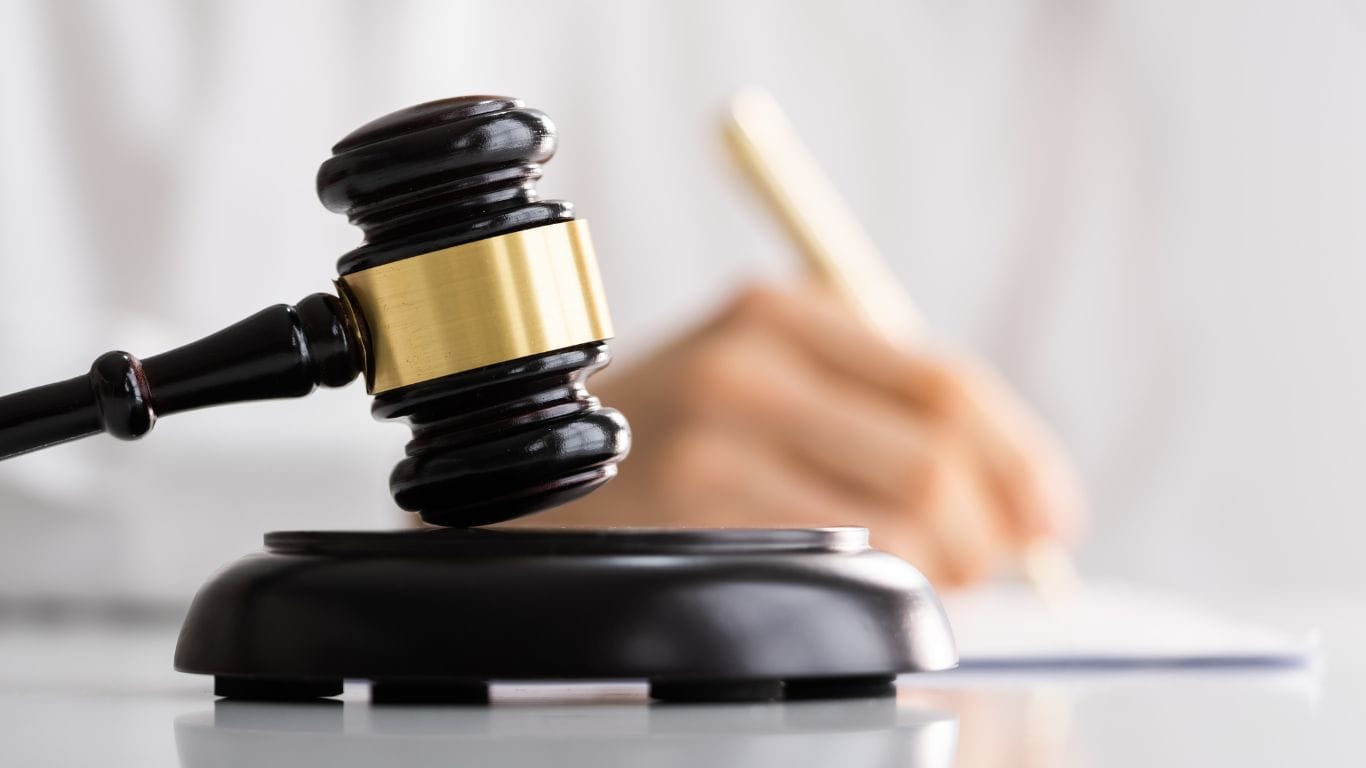
The Verdict on 15 Bar Espresso Machines
So, is a 15 bar espresso machine good? The answer is that it can be, but the quality of the espresso is not solely determined by the pressure rating of the machine. Factors such as the machine's ability to maintain consistent pressure, the quality of the coffee beans, and the skill of the barista are all crucial components of producing a high-quality espresso.
The Impact of Pressure on Crema and Flavor
The crema is the creamy, caramel-colored foam that sits on top of a freshly brewed shot of espresso. It is one of the indicators of a well-extracted espresso. The pressure in an espresso machine helps to emulsify the oils in the coffee, contributing to the formation of crema. A 15 bar espresso machine has the potential to create a rich and thick crema, but only if the pressure is managed correctly.
Finding the Sweet Spot for Espresso Extraction
The sweet spot for espresso extraction is often said to be around 9 bars, but this can vary depending on the coffee beans and the machine. Some baristas find that slightly higher or lower pressure can produce a better flavor profile for certain coffee beans. Experimentation and experience are key to finding the perfect pressure for each unique situation.
Summary
In conclusion, a 15 bar espresso machine has the potential to be good, but the optimal pressure for espresso extraction is not solely dependent on the machine's maximum pressure capability. The quality of espresso is influenced by a combination of factors, including the machine's ability to maintain consistent pressure, the quality of the coffee beans, the grind size, and the skill of the barista. While higher pressure machines can produce a rich crema and robust flavor, it is the precise control and balance of these elements that ultimately determine the quality of the espresso shot.

FAQ Section
Q: Does a higher bar rating on an espresso machine mean better espresso?
A: Not necessarily. While a higher bar rating indicates the machine's capability to produce more pressure, the ideal pressure for espresso extraction is often around 9 bars. The quality of the espresso depends on the machine's ability to maintain consistent pressure and other factors such as coffee bean quality and barista skill.
Q: Can I make a good espresso with a 15 bar machine?
A: Yes, you can make a good espresso with a 15 bar machine if it maintains consistent pressure during extraction and if other variables such as coffee bean quality, grind size, and tamping are properly managed.
Q: Is it worth investing in a 15 bar espresso machine?
A: It depends on your preferences and how you plan to use the machine. If you value having a machine with the potential to produce high pressure and you are willing to learn how to manage the variables that affect espresso quality, then a 15 bar machine could be a good investment. However, remember that pressure is just one aspect of making good espresso.
RELATED: Best Espresso Machines Under $200 for 2024
How Long Does a Cheap Espresso Machine Last


